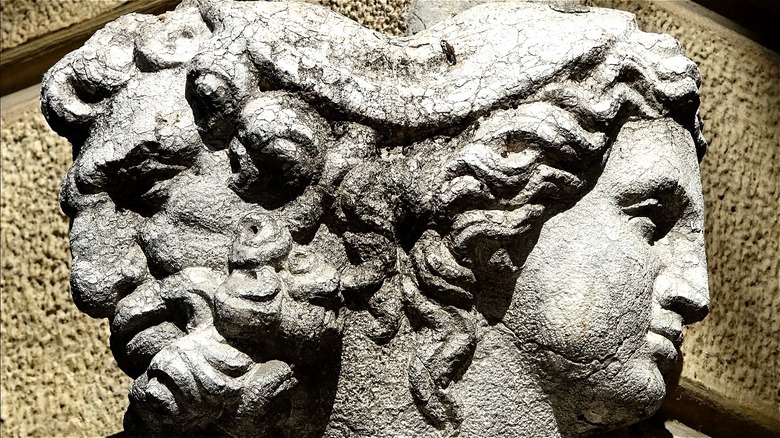How Did January Get Its Name?
Many of us check our calendars almost daily, using them to keep track of the many things we have to do in our lives. The first month on our calendars is January, and it is oftentimes one of the busiest. Folks tend to use the new year to start new habits and pursue new goals, so January is often associated with fresh starts. Have you ever wondered why that is? Or where the month even got its name? To find out, we have to take a little trip back in time to when the Romans were running things.
Of course, some form of calendar existed before the rise of Rome but our modern calendar appears to be most similar to what they had. According to Calendar, the Romans used a system consisting of 10 months, with 30 or 31 days each to track their year. It was not until around 700 B.C. that the months of January and February were added, per Time and Date.
The start of something new
When they decided to add more months to the calendar, of course, they had to come up with names for them. According to the Almanac, the month of January was named for the Roman god Janus, the guardian or protector of gates and doorways. Traditionally, the god is often shown with two faces, one facing forward and the other backward. This is believed to represent looking to the past and to the future, which is appropriate symbolism for the start of the year.
Though we celebrate January as the beginning of our year, this was also not always the case. According to Time and Date, though the additional months were added to the calendar, the Romans actually celebrated the new year in March, until 154 B.C. Though the Romans were believed to have still celebrated their new year in March for a while after that, the month of January was the official start to the new year.

